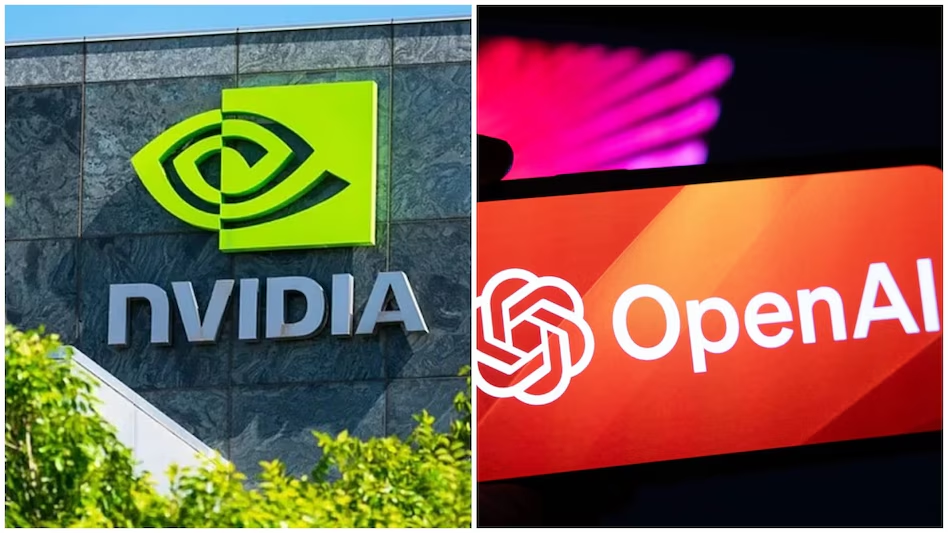Nvidia has made waves in the technology sector by announcing an unprecedented $100 billion investment in OpenAI, marking the largest partnership in artificial intelligence infrastructure to date. This strategic alliance is designed to propel the development and deployment of next-generation AI models, positioning both companies at the forefront of the evolving digital landscape. The move is poised to redefine the global AI competitive landscape as major players race to secure the essential computing power that underpins advanced AI technologies.
Nvidia and OpenAI: A Milestone Collaboration
The partnership outlines ambitious plans to deploy at least 10 gigawatts of Nvidia systems—representing millions of high-performance GPUs—to support OpenAI’s expanding data center requirements. The first phase of this deployment, utilizing Nvidia’s Vera Rubin platform, is expected to come online in the second half of 2026, bringing substantial computational capability to OpenAI’s infrastructure. According to Nvidia CEO Jensen Huang, this venture is “the next leap forward—deploying 10 gigawatts to power the next era of intelligence,” marking a critical evolution from their earlier milestones, such as the launch of ChatGPT.
Strategic Impact on AI Infrastructure
OpenAI will collaborate with Nvidia as its preferred strategic compute and networking partner, ensuring seamless integration of hardware and software for optimal performance. The vast scale of this initiative is expected to meet the growing demands of AI model training and inference, particularly as OpenAI pursues advancements toward artificial general intelligence (AGI). Nvidia’s investment will be progressive, aligning with each gigawatt of infrastructure deployed, allowing OpenAI to maintain a technological edge over competitors.
Analysts predict this deal will strengthen it’s position as the backbone of AI infrastructure while giving OpenAI access to the computational resources required for future breakthroughs. The collaboration will likely have ripple effects throughout the industry, as firms race to secure their supply of high-performance GPUs critical for cutting-edge AI research and deployment.
Broader Industry and Market Implications
The announcement had an immediate impact on the financial markets, with Nvidia’s stock surging and the company’s market capitalization nearing the $4.5 trillion mark. OpenAI, which boasts over 700 million weekly active users, sees this partnership as a pathway to further democratizing AI and scaling its most sophisticated models across industries worldwide. The deal builds on it’s existing collaborations with technology giants like Microsoft, Oracle, and SoftBank, as well as projects such as the Stargate AI data center, reinforcing its dominance in the AI infrastructure sector.
Both organizations have highlighted the essential role of computational power in shaping the future economy. As OpenAI CEO Sam Altman remarked, “Compute will be the foundation of the future economy, and we leverage what we’re developing with Nvidia to achieve new AI advancements and empower individuals and businesses at scale.”
Power and Sustainability Considerations
The scale of the partnership is massive—the 10 gigawatts of Nvidia-powered systems equate to millions of GPUs, consuming an energy supply similar to that needed for millions of American households. This underscores both the promise and the environmental responsibility of building such immense AI infrastructure. Nvidia and OpenAI are expected to collaborate on sustainable deployment strategies as part of their rollout, possibly influencing how future data centers are constructed around efficiency and renewables.
Conclusion
Nvidia’s $100 billion investment in OpenAI marks a pivotal moment for AI infrastructure, setting a new industry standard in scale, ambition, and capability. The move promises to accelerate innovation in artificial intelligence, benefiting a broad spectrum of industries while further consolidating the leadership of both Nvidia and OpenAI in shaping the AI-powered economy of the future.

